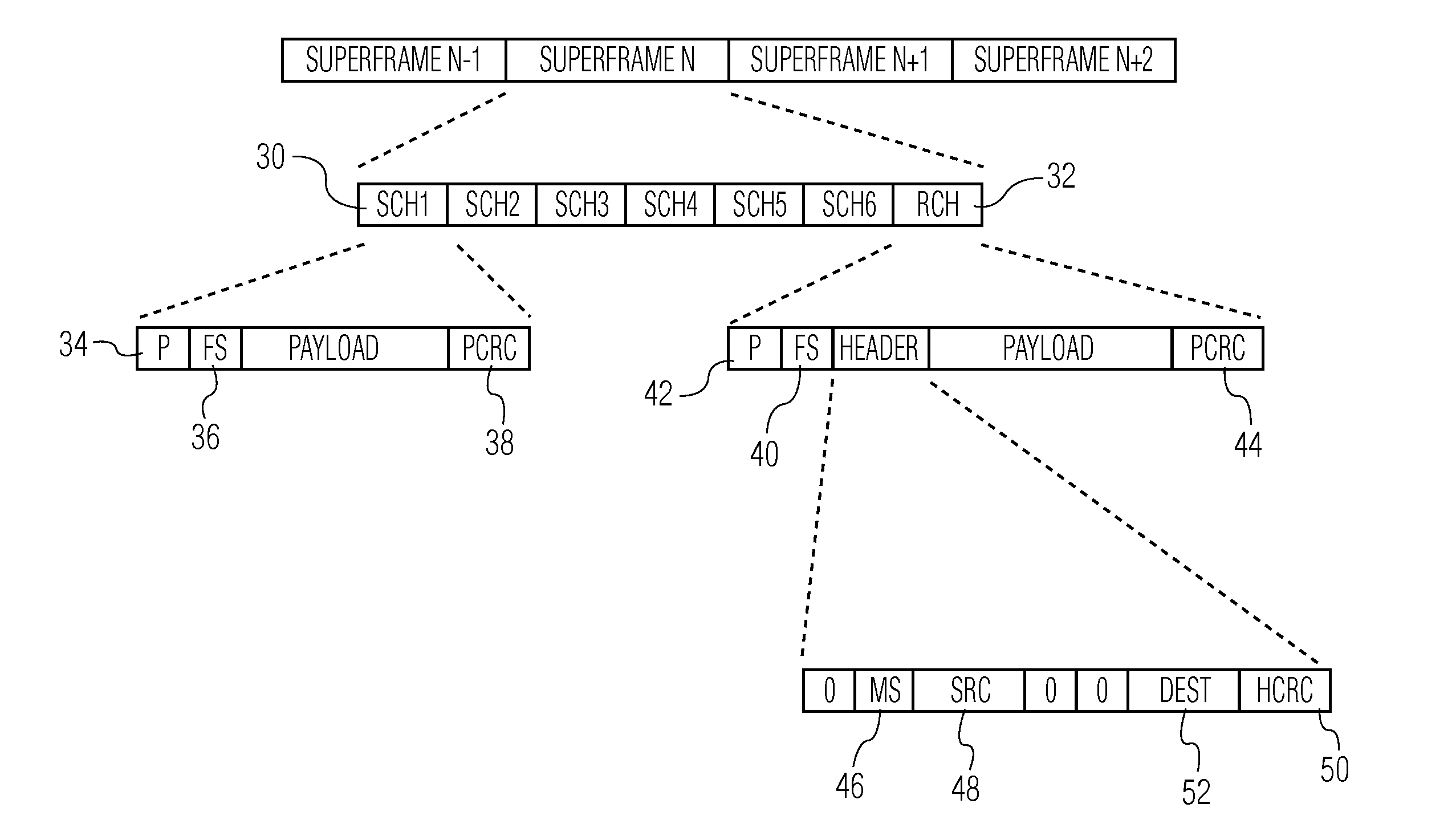Antenna diversity for magnetic induction radio
a technology of magnetic induction radio and antenna diversity, applied in the field of magnetic induction transmission system, can solve the problems of significant problem, insufficient space, and radio fading,
- Summary
- Abstract
- Description
- Claims
- Application Information
AI Technical Summary
Problems solved by technology
Method used
Image
Examples
Embodiment Construction
[0032]As already discussed, for short-range magnetic induction radio, the signal strength at the receiver can be influenced by changing the radiation pattern of the transmitter. This can be done for instance by using multiple antennae, which are either physically spaced apart or have a different orientation or both. The transmitter transmits by means of this antenna constellation. The antennae produce different radio patterns with different positioning of the nulls in the signal strength pattern.
[0033]In the case that the antennae transmit the same information, the receiver can the switch between the transmitters based on reception quality, and still receive the information. Thus, if the first transmitter transmits a first channel, and the information provided on this channel is the same as that provided by the second transmitter transmitting a second channel, then there is the level of redundancy, and irrespective of which channel the receiver uses, it still receive the same inform...
PUM
 Login to View More
Login to View More Abstract
Description
Claims
Application Information
 Login to View More
Login to View More - R&D
- Intellectual Property
- Life Sciences
- Materials
- Tech Scout
- Unparalleled Data Quality
- Higher Quality Content
- 60% Fewer Hallucinations
Browse by: Latest US Patents, China's latest patents, Technical Efficacy Thesaurus, Application Domain, Technology Topic, Popular Technical Reports.
© 2025 PatSnap. All rights reserved.Legal|Privacy policy|Modern Slavery Act Transparency Statement|Sitemap|About US| Contact US: help@patsnap.com



